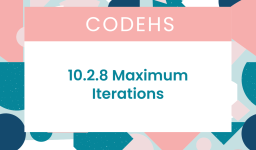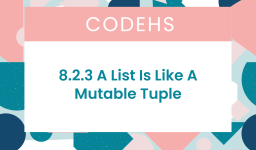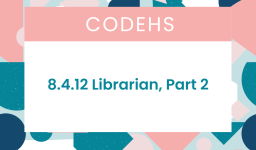Question: Which Of The Following Is A Good Practice To Protect Classified Information?
Quick Answer: A good practice to protect classified information is to ensure proper labeling by appropriately marking all classified material and when required, sensitive material AND Don’t assume open storage in a secure facility is authorized.
This question is a part of Cyber Awareness Challenge 2023 Answers.
Broad Description
Classified information is material that, if made public, could endanger US national security. Depending on its potential impact on national security, sensitive information may be classified as confidential, secret, or top secret.
The kinds of documents which can be considered for classification are military plans, weapons or operations; vulnerabilities or capabilities; intelligence activities (including special activities), sources or methods; foreign relations or foreign activities of the United States.
Ensuring proper labeling by appropriately marking all classified material is a good practice to protect classified information. Proper labeling and marking help ensure that sensitive data is easily identifiable and handled according to established security protocols. In addition to proper labeling, consider the following good practices to protect classified information:
- Access controls: Implement role-based access controls to restrict access to classified information on a need-to-know basis.
- Data classification: Classify data according to its sensitivity level, and apply appropriate handling and storage procedures for each classification level.
- Secure storage: Store classified information in secure locations, such as locked cabinets or encrypted digital storage systems, to prevent unauthorized access.
- Data encryption: Use strong encryption algorithms to protect classified information both in transit and at rest.
- Secure disposal: Implement secure data disposal procedures for classified information, including shredding of paper documents and secure deletion of digital files.
- Security training and awareness: Provide regular training and awareness programs for employees on the proper handling, storage, and disposal of classified information.
- Incident response planning: Develop and maintain an incident response plan to quickly identify, contain, and remediate security breaches involving classified information.
- Regular security audits: Conduct periodic security audits to identify potential weaknesses in the organization’s security posture and to ensure compliance with established procedures for handling classified information.
- Monitor and log access: Keep records of who accesses classified information and monitor for any suspicious activity or unauthorized access.
- Secure communication channels: Use secure communication protocols and encrypted channels when transmitting classified information to prevent eavesdropping or interception.
By implementing these practices along with proper labeling, organizations can significantly reduce the risk of unauthorized access, disclosure, or loss of classified information.



